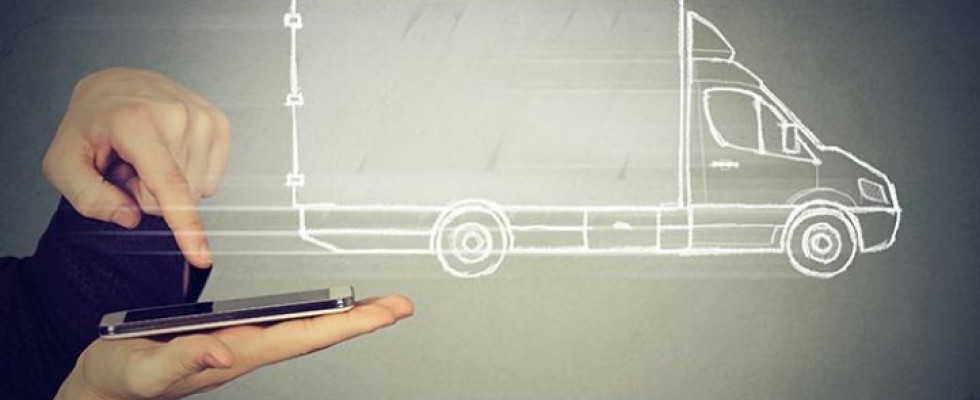
Suppliers billing Durable Medical Equipment Medicare Administrative Contractors (DME MACs) for items and services provided to Medicare beneficiaries can help safeguard themselves from negative audit findings by complying with proof of delivery documentation requirements.
The Law
DME MACs have the authority to request information necessary to verify that a Medicare beneficiary received the durable medical equipment (DME) item and to determine the amount to pay the supplier for the item. Proof of delivery is a supplier standard found in 42 CFR section 424.57(c)(12), which lays out special payment rules for items furnished by DME suppliers and issuance of DME supplier billing privileges.
Suppliers must maintain proof of delivery documentation in their files for seven years, starting from the date of service. If the provider receiving a request for proof of delivery documentation responds in writing that the Medicare-qualifying supplier documentation is older than seven years and provides proof of continued medical necessity of the item or necessity of the repair, contractors cannot deny the claim based solely on missing supporting Medicare-qualifying documentation that is more than seven years old.
General Requirements
Before submitting a claim to the DME MAC, the supplier must have on file a dispensing order, the detailed written order, the certificate of medical necessity (if applicable), the DME information form (if applicable), information from the treating physician concerning the patient’s diagnosis, and any information required for the use of specific modifiers or attestation statements as defined in certain DME MAC policies. The supplier should also obtain as much documentation from the patient’s medical record as needed to assure themselves that coverage criteria for an item have been met. If the information in the patient’s medical record does not adequately support the medical necessity of the item, the supplier is liable for the dollar amount involved unless a properly executed advance beneficiary notice of possible denial has been obtained.
Initial Delivery
There are three methods of delivering medical equipment items to beneficiaries:
- The supplier delivers directly to the beneficiary or designee;
- The supplier uses a delivery/shipping service; or
- Items are delivered to a nursing facility on behalf of the beneficiary.
A “designee” is any person who can sign and accept the delivery of DME on a beneficiary’s behalf. Suppliers, their employees and anyone else having a financial interest in the delivery of the item are prohibited from signing and accepting an item.
The designee must legibly sign and accept the item. If the signature is not legible, the supplier or delivery service should note the name on the delivery slip. The beneficiary, designee or supplier should also enter the date of delivery. The date that the beneficiary received the DME item should be the date of service on the claim. If a supplier uses a delivery service, the shipping date can be the date of service on the claim. The shipping date may be defined as the date the delivery service label is created or the date the item is retrieved for delivery; there shouldn’t be much difference between the two.
Exceptions Concerning Date of Service
Exceptions regarding the date of service on the claim occur when items are provided in anticipation of discharge from an inpatient facility.
A supplier may deliver a piece of equipment, prosthetic or orthotic item—but not supplies—to a patient in an inpatient facility rather than their home if fitting or training the patient in the proper use of the item. This delivery may be done up to two days before the patient’s anticipated discharge.
The date of service on the claim is the date of discharge and the supplier must ensure that the beneficiary takes the item home or must pick it up and deliver it to the beneficiary’s home on the date of discharge. The item must be for subsequent use in the patient’s home. No billing may be made for the item on those days the patient was being trained or fitted in the hospital or nursing facility.
The item must be medically necessary on the date of discharge; i.e., there is a physician’s order and corroborating medical documentation to support a stated initial date of need that is no later than the date of discharge for home use. There are additional exclusions regarding discharge for DME and drugs that should be considered; consult your DME MAC for guidance.
Newly Eligible Beneficiaries
People newly eligible for the Medicare fee-for-service (FFS) program may have DME items in their home at the time of Medicare eligibility. Medicare does not automatically assume payment for a DME item that was covered before a beneficiary became eligible for the FFS program. When someone receiving a DME item from another payer becomes eligible for the FFS program, the beneficiary may continue to receive such items only if Medicare requirements are met.
The supplier must submit an initial claim for the item and the necessary documentation to support Medicare payment upon request, even if there is no change in the beneficiary’s medical condition. The first day of the first rental month in which Medicare payments are made for the item serves as the start date of the reasonable useful lifetime and period of continuous use. In addition:
- The supplier must examine the equipment to make sure it is working properly;
- The supplier must obtain a statement (signed and dated by the beneficiary or designee) that the supplier has examined the item; and
- The supplier must attest to the fact that the equipment meets Medicare requirements.
Compliance
Contractors can deny payment for any items that do not have proof of delivery (or an attestation that the equipment for a newly eligible beneficiary is in proper working order). In some circumstances, the supplier can also be investigated and sanctions imposed, including exclusion from the Medicare program.
If you have questions regarding proof of delivery documentation requirements, please contact your health care attorney.
